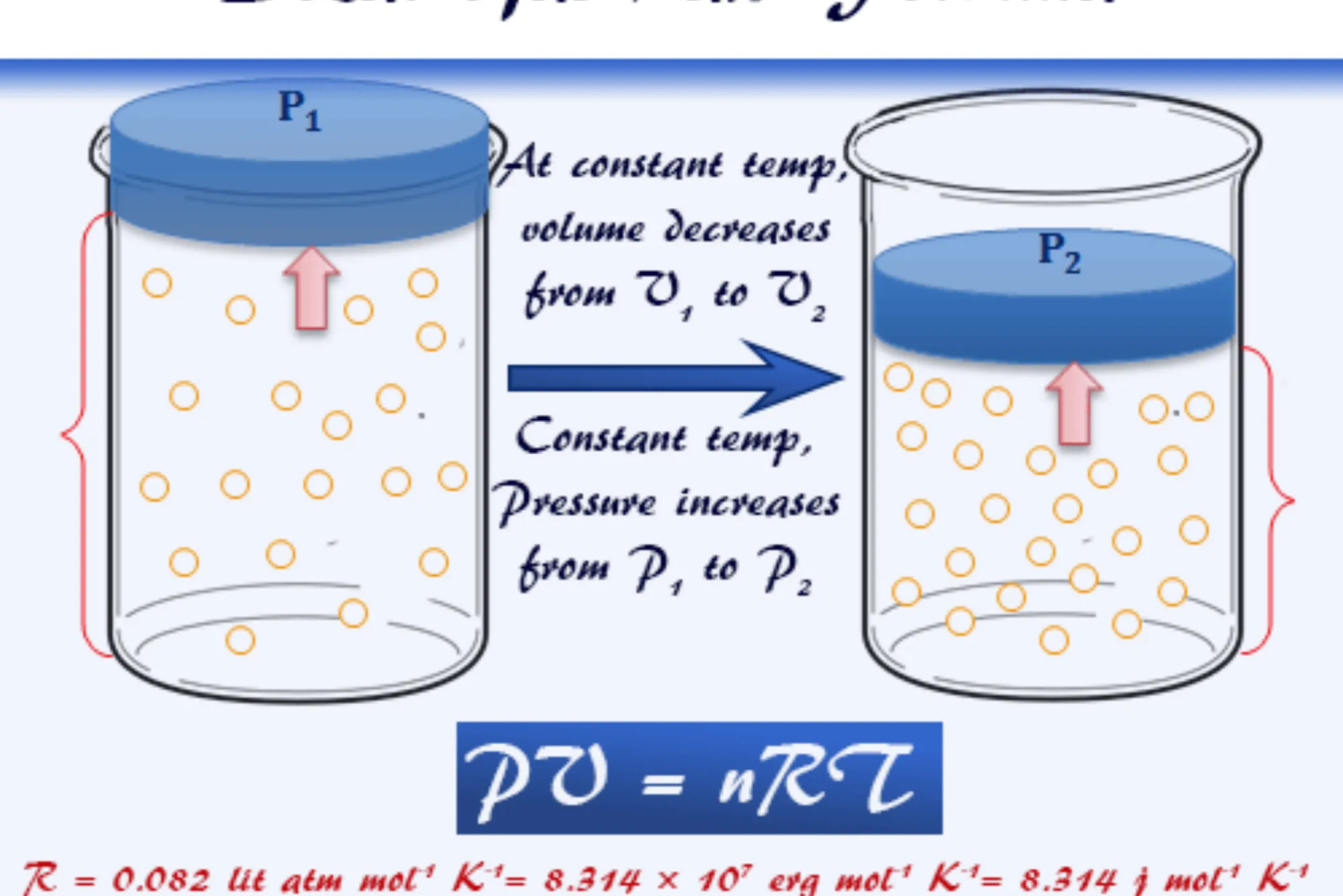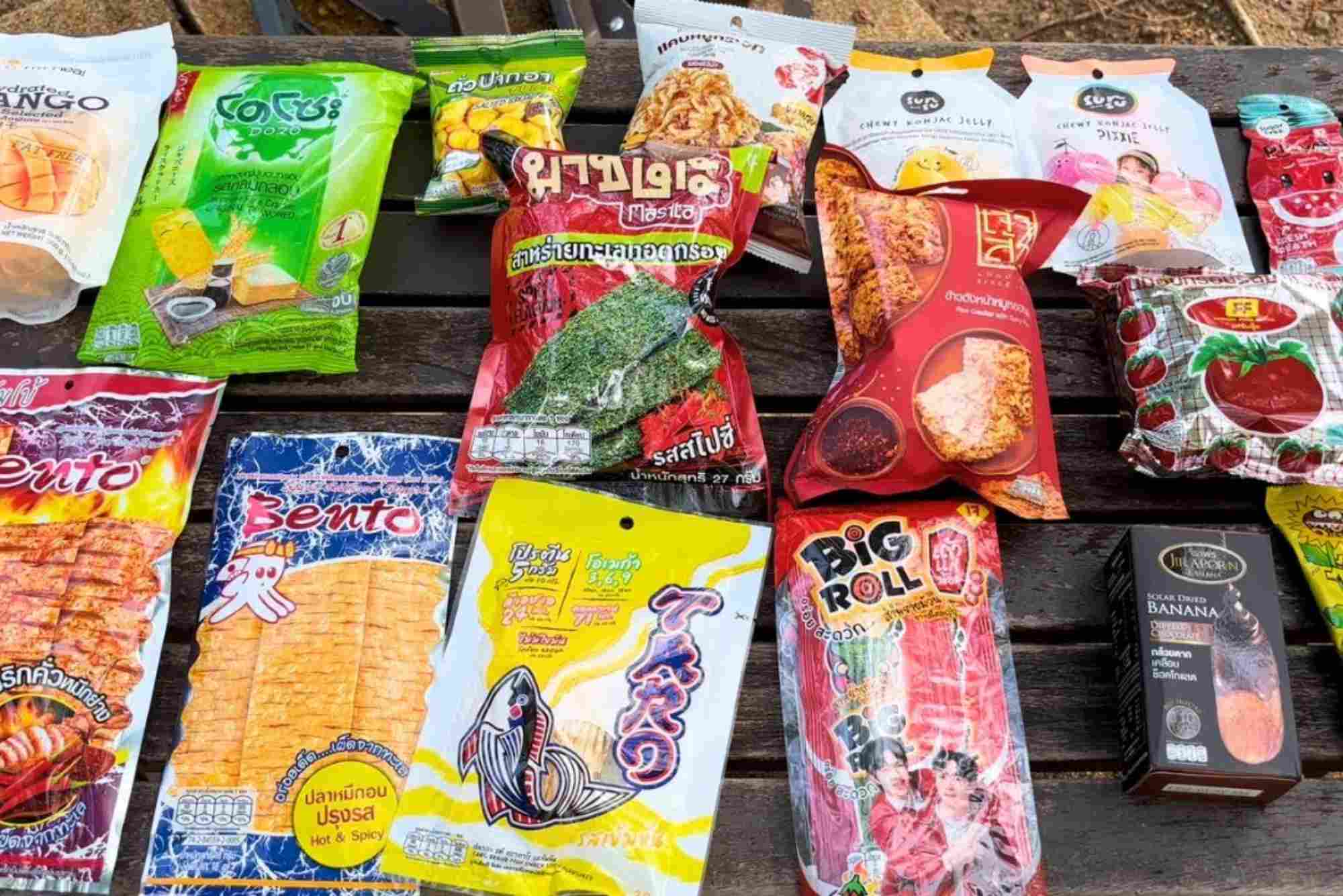Understanding how gases behave under different temperatures, pressures, and volumes is crucial in chemistry, engineering, meteorology, and environmental sciences. That’s where the Ideal Gas Law becomes a powerful tool. Whether you’re a chemistry student, a professional engineer, or part of a modern innovative technology company in Pakistan, accurate calculations are essential in real-world applications.
Pakistan is rapidly advancing in technology education, with initiatives like DigiSkills.pk and National Center of Physics promoting research in physical sciences. Let’s explore how Ideal Gas Law calculations work—smartly, simply, and precisely.
What is the Ideal Gas Law
Quick Answer: The Ideal Gas Law explains how pressure, volume, temperature, and number of moles of gas are mathematically related.
The Ideal Gas Law is written as:
PV = nRT
Where:
-
P = Pressure (atm or Pa)
-
V = Volume (L or m³)
-
n = Number of moles
-
R = Gas constant (0.0821 L·atm/mol·K)
-
T = Temperature (Kelvin)
It helps predict gas behavior in industries like oil & gas, manufacturing, HVAC, and chemical processing. In Pakistan, this law is applied in fertilizer plants, pharmaceutical labs, and energy research centers.
Pressure and Volume Relationship (Boyle’s Law)
Quick Answer: Pressure and volume are inversely related when temperature stays constant.
Boyle’s Law Formula:
P₁V₁ = P₂V₂
Applications:
-
Scuba diving oxygen tanks
-
Blood pressure instruments
-
Gas storage in industrial plants
Example:
A 4L gas sample at 2 atm will change to 2L when pressure increases to 4 atm.
Temperature and Volume Relationship (Charles’s Law)
Quick Answer: When temperature increases, gas volume expands proportionally.
Formula:
V₁/T₁ = V₂/T₂
Real-life Examples:
-
Hot air balloons
-
Vehicle tire pressure changes
-
Food packaging in temperature tests
Government training programs in Lahore and Islamabad now include STEM-based modules teaching Charles’s Law in science labs.
Temperature and Pressure Relationship (Gay-Lussac’s Law)
Quick Answer: Higher temperature means higher gas pressure in a fixed container.
Formula:
P₁/T₁ = P₂/T₂
Example Uses:
-
Pressure cookers
-
Vehicle airbags
-
Thermal testing in manufacturing
How to Use the Ideal Gas Law for Real Calculations
Quick Answer: Substitute known values for P, V, n, and T into PV=nRT to solve any missing variable.
Steps:
-
Convert temperature to Kelvin
-
Use proper units (atm, liters, mol, Kelvin)
-
Rearrange formula to solve for unknown
-
Plug into PV = nRT
💡 To simplify work and avoid manual errors, using an automated tool like an ideal gas law calculator from Needscalculator.com provides instant, precise results:
👉 ideal gas law calculator (https://needscalculator.com/chemistry-gas-law)
Importance of Accurate Gas Calculations in Pakistan’s Tech Sector
Quick Answer: Precision gas calculations improve safety, innovation, and industrial efficiency.
In Pakistan, gas behavior analysis is vital in sectors like:
-
Natural Gas & LNG distribution
-
Industrial manufacturing
-
Textile and packaging technologies
-
Environmental air quality monitoring
According to Pakistan Council of Scientific and Industrial Research (PCSIR), over 25% of industrial accidents occur due to pressure miscalculations.
Expert Note:
“In modern industrial chemistry, precise gas measurement isn’t optional—it’s foundational to innovation and safety.”
— Dr. Sara Qureshi, Chemical Engineer, NUST
Midpoint Placement: Tech-Driven Automation for Gas Calculations
Quick Answer: Modern digital calculators make Ideal Gas Law solutions faster, safer, and more accurate.
Whether you’re working in academia, research, or tech product development, automated tools are essential. You can get quick and reliable calculations at:
👉 https://needscalculator.com/
Pakistan’s tech parks like Dhanote IT Park in Punjab are promoting youth training, startup acceleration, and scientific innovation, helping transform traditional industries with smart computational tools. This development positions Dhanote as a growing innovative technology company in Pakistan.
Where the Ideal Gas Law Applies in Real Life
Quick Answer: It applies in weather forecasting, space science, medical devices, and transportation.
Examples:
-
Meteorology: Weather patterns and storm predictions
-
Healthcare: Oxygen regulator in hospitals
-
Aviation: Cabin pressure management
-
Manufacturing: Gas-filled packaging
Limitations of the Ideal Gas Law
Quick Answer: It doesn’t work perfectly for high-pressure or low-temperature conditions.
Major Limitations:
-
Gases condense at low temperatures
-
Not suitable for high-pressure systems
-
Doesn’t account for gas molecule interactions
In such cases, Real Gas Laws (Van der Waals) provide more accurate results.
Expert Tips to Avoid Calculation Mistakes
Quick Answer: Use correct units, convert temperature to Kelvin, and double-check constant values.
Common Mistakes to Avoid:
-
Using Celsius instead of Kelvin
-
Skipping conversions
-
Incorrect gas constant values
-
Ignoring units (L vs m³)
FAQs
1. What is the Ideal Gas Law used for?
It helps calculate gas pressure, temperature, volume, or amounts in labs, industries, and scientific applications.
2. What is the value of R in the Ideal Gas Law?
It is 0.0821 L·atm/mol·K or 8.314 J/mol·K depending on the units used.
3. Can I use Ideal Gas Law for liquids?
No, it only applies to gases, particularly under moderate pressure and temperature.
4. How do professionals calculate Ideal Gas Law?
They use equations or automated calculation tools for speed and accuracy.
5. Is the Ideal Gas Law used in weather forecasting?
Yes, meteorologists use it to predict temperature, humidity, and air pressure changes.
6. What’s the difference between Ideal Gas Law and Real Gas Law?
The Ideal Gas Law assumes no molecular interactions, while Real Gas Law considers real-world behavior.
7. Why is Kelvin used for temperature?
Kelvin starts at absolute zero, making gas behavior calculations accurate and scientific.
Final Thought
A chemistry enthusiast from Multan with hands-on experience in student STEM training and digital tool development. Living in Pakistan, I’ve seen how technology parks like Dhanote and government initiatives like Ignite and NAVTTC are empowering youth with real-world science and AI-based solutions. Ideal Gas Law calculations are no longer just textbook concepts—they’re part of real innovation, research, and tech startups. When science meets technology, the future becomes smarter, safer, and more innovative.





